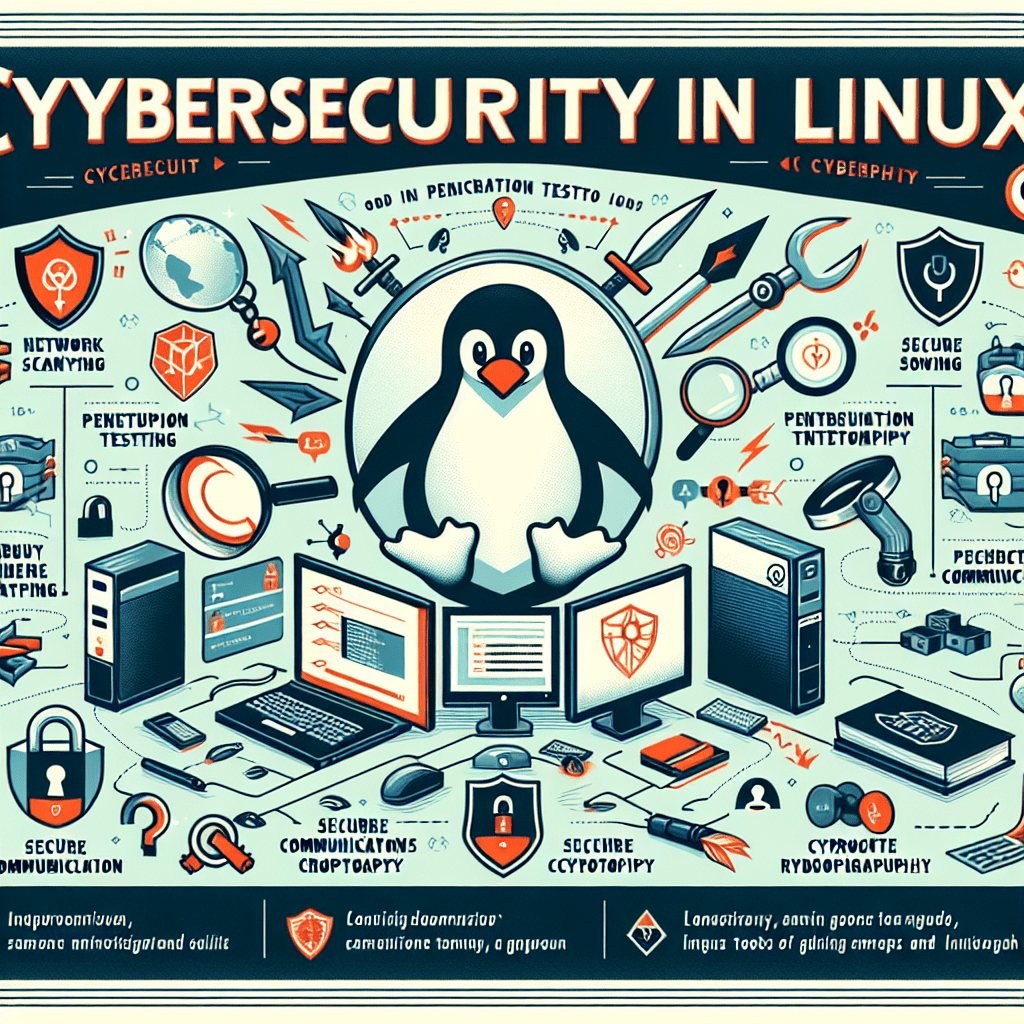Bite-Sized Reads
Short and sweet reads that take less than 10 minutes of your busy day!
Building a Simple Finance Tracker: Embrace Object-Oriented Programming in JavaScript
In this blog post, we explore the basics of Object-Oriented Programming (OOP) in JavaScript by building a simple finance tracker app. Learn how to define classes, implement encapsulation, and manage data using local storage while developing maintainable code for scalable applications.

Exploring DeepSeek-V3: A New Era of AI Language Models
Discover DeepSeek-V3, a transformative language model setting new standards in AI with its innovative Mixture-of-Experts architecture, unmatched efficiency, and community-driven development. Learn how it revolutionizes business and development workflows, offering unparalleled performance and integration flexibility.

Enhancing Your Arcade Game: Backgrounds, Space Ships, and Asteroids
In this blog post, we continue our series on Making Arcade Games with AI by enhancing our game with a background image generated by ChatGPT, downloading spaceship and asteroid icons, implementing touch controls, and fixing collision detection between projectiles and asteroids.

Building the Foundation: Creating a Space Defender Game with AI
Join us in this introductory post to our series on creating arcade games with AI, where we build the foundation of a space defender game. Learn the basics of HTML, CSS, and JavaScript to set up a simple space game framework.

Ho-Ho-Code: Festive Coding Ideas to Light Up Your Holiday Season 🎄✨
Get into the festive spirit with coding projects designed to enhance your skills while celebrating the holidays. From digital advent calendars to IoT light shows and holiday games, these projects bring creativity and technology together for a merry coding experience.

Exploring the Power of Multimodal Learning Across Different Domains for Web Developers
This blog post talks about the concept of multimodal learning in the context of web development, explaining how it involves integrating multiple forms of data (e.g., text, audio, visual) to enhance machine learning models. It provides a basic coding tutorial using Python for implementing multimodal learning by combining image and textual data for analysis. The post also discusses the potential applications of multimodal learning, such as in building recommendation systems or sophisticated search engines, and encourages readers to explore this area further.

Leveraging AI in Web Development: A Guide to Enhancing Marketing, Customer Service, and Content Creation
This blog post talks about leveraging Artificial Intelligence (AI) in web development to enhance marketing strategies, improve customer service, and create dynamic content. It covers using AI for personalized content recommendations in marketing, implementing AI-driven chatbots for customer service, and automating content creation with tools like GPT-3. The post includes code snippets for each application and concludes with the importance of staying updated with AI advancements in web development.

Unveiling the Magic: How Recommender Systems Transform E-commerce, Entertainment, and Advertising
This blog post discusses the concept of recommender systems, highlighting their significance in e-commerce, entertainment, and advertising sectors. It provides a step-by-step guide on building a basic content-based recommender system using Python, including setting up the development environment, preparing the data, selecting features, calculating similarity with cosine similarity, and making recommendations. The post aims to demystify the process of creating a recommender system and encourages readers to explore more advanced resources for further learning.

Principi Base della Sicurezza Informatica su Linux
Esplora i principi base della sicurezza informatica su Linux, con focus su scansione della rete, test di penetrazione, crittografia e comunicazione sicura, utilizzando strumenti come Nmap, Metasploit, GnuPG e OpenSSH.

Installazione e Configurazione degli Strumenti di Hacking su Kali Linux
Scopri come installare e configurare strumenti di hacking essenziali su Kali Linux, inclusi Nmap e John the Ripper. Questo articolo ti guiderà nel processo di installazione, aggiornamento e manutenzione del tuo ambiente di hacking, assicurando che tu sia sempre pronto a mettere alla prova le tue competenze con i migliori strumenti disponibili.

Navigating the Future: Latest Advancements in Web Development for Transportation and Logistics
This blog post explores the latest web development advancements in the transportation and logistics sector, focusing on real-time tracking with WebSockets, using APIs for delivery scheduling, and embracing microservices architecture for improved scalability and flexibility. It highlights how these technologies can enhance efficiency, provide real-time data, and optimize delivery operations.

Top Resources Every Web Developer Should Bookmark 🌐
This blog post provides a compilation of essential resources for web developers, including MDN Web Docs for comprehensive documentation, GitHub for code hosting and collaboration, Stack Overflow for solving coding issues, CodePen for HTML, CSS, and JavaScript prototypes, and Can I Use for browser compatibility checks. These resources are recommended for developers of all skill levels to improve efficiency and stay updated on new technologies.